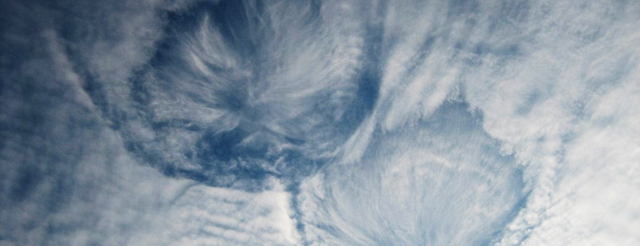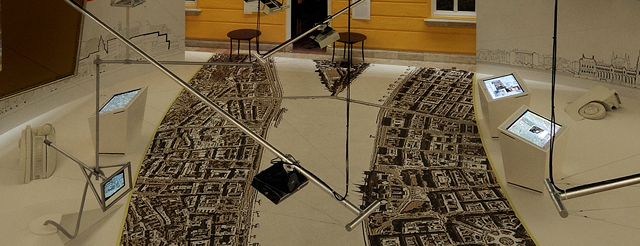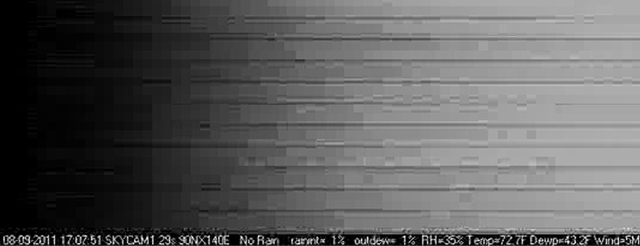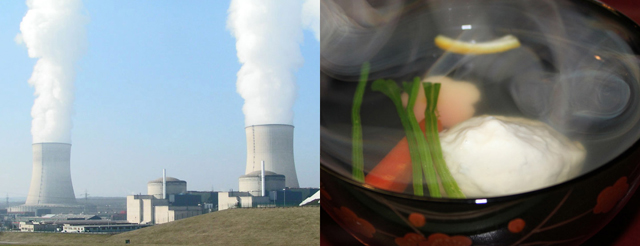//Data is Beautiful Exhibition 4th October 2012 – 13th October 2012
Opening Night – Thursday, 4th October 2012
Hungarian University of Fine Art, Parthenón-fríz Terem, Kmety György utca 26-28., Epreskert, Budapest.
5.30 pm Doors open
6.00 pm Opening Speech: Prof. Zoltán Szegedy-Maszák, Director of the Doctoral School and Vice-Rector of Hungarian University of Fine Art
Data is Beautiful Exhibition Programme Directors: Brigitta Zics, Culture Lab, Newcastle University and Zoltán Szegedy-Maszák, Doctoral School, Hungarian University of Fine Art
Exhibition co-ordinators: Tom Schofield, Culture Lab, Newcastle University and Agnes Előd, Doctoral School, Hungarian University of Fine Art
/////////////////////////////////////////////////////////////////////////////////
//Exhibitors
Tom Schofield ///Null by Morse 2011, 2012///
A series of messages are send using an antique morse signalling lamp. The messages refer to the inter-related histories of morse code, disaster and war and include the final transmissions of the titanic and the first ever message publicly sent via morse’ “what hath God wrought?”. The messages can be decoded via an iPhone app and are also displayed on a projection in the exhibition space. After the performance the signal lamp is left in place and participants are able to send their own messages.
Tom Schofield ///Mark Inscriber, 2012///
Mark Inscriber is a data sculpture/sonification project. A horizontal bar supports a carriage with a firing chisel blade. The lateral movement is controlled by a stepper motor and chain system. The carriage advances a little at a time while the chisel blade cuts deep incisions into the wall.
Brigitta Zics & Pengfei Zhang ////Universe Masat, 2012///
This data visualisation artwork creates an imaginary universe to render the secret life of the satellite Masat-1 (which means ‘smudge’ in Hungarian) that was launched into low Earth orbit on 13 February 2012. Orbiting around the Earth three times a day, the small cube sends nonstop telemetric data to a tracking centre in Budapest revealing information not only about his own state but about changes in the atmosphere.
Through the engaging visual display the aim of Universe Masat is to make visible and accessible complex mechanisms of a rather simple looking object ( a cube) that was tasked to orbit around our planet. While the visual elements of this universe dynamically transform, often displaying radical on-board changes of Masat (for example temperature of the on-board and outside solar panels) it also shows any changes to the atmosphere (e.g, a high battery temperature suggests a proximity to the sun rather being in the shadow of the Earth). Universe Masat has been ‘visually expanding’ from the minute Masat’s was launched in February until its unavoidable end when it enters the Earth’s atmosphere. By shaking the visual display, viewers can access detailed information of the data to visualise the Masat’s universe.
The project is a collaboration between Budapest University of Technology and Economics, and Newcastle University, Culture Lab. MASAT official web site: http://cubesat.bme.hu
Brigitta Zics & David Gauthier///Cube to Circle, 2012///
Cube to Circle is re-imagining the life of a cube satellite called Smudge (translated from ‘Masat’ – the name of the first Hungarian satellite) and transforming it into a poetic visual space of circles. The visual system of Cube to Circle unfolds a three-dimensional data-set –each side of the cube has a data stream that builds up this data set –and generate a networked world of visual elements. Representing the perpetual changes on-board of Masat, Cube to Circle recreates a self-sustained, mechanistic model of a cosmos. It makes reference not only to countless previous concepts of the universe, but also to the complex synergy between the satellite and its atmosphere that is partially decipherable from the data sets. The project is a collaboration between Budapest University of Technology and Economics, and Newcastle University, Culture Lab. MASAT official web site: http://cubesat.bme.hu

Marian Dörk ///Mapping Philosophy Across Interests and Epochs///
Arguably the oldest academic discipline, philosophy has been asking difficult questions about the human condition for more than two thousand years. This piece featurs EdgeMaps, a visualization that shows the propagation of ideas among philosophers and across epochs. EdgeMaps represents influence connections among philosophers and their similarities based on common interests and occupations. Each philosopher has a unique representation allowing for the exploration of their extent of influence and easily distinguish between incoming and outgoing influence. With topical and temporal similarity layouts as the basis, visual patterns emerge that resemble fireworks and waves. The EdgeMaps tool was created at the University of Calgary’s Interactions Lab. http://mariandoerk.de/edgemaps/demo
Ben Freeth ///Type 1 Error – The (Un)Apophenic Effects of HAARP, 2012///
Advancements in explication of earths external biosphere may reveal unforeseen value and meaning inherent in the ionospheric suprastrata. In turn, radiophysical milieu and atmospheric composition may force a new level of critical ontological awareness. The cumulative efforts of political design, formal design, technical production, and legal trusteeship manifest coded layers of control, authority, and legitimisation in the dimension of the real. These combined, as in the case of HAARP may be seen as the palpable realisation of the tele-energy postulates of 1940′s science fiction prophets. HAARP – High Frequency Active Auroral Research Project is a facility based in Gakona, South Central Alaska consisting of a large field of antennae producing high energy electromagnetic fields transmitted into the ionosphere. HAARP is presented as a civilian project with the potential to curtail hurricanes and repair holes in the ozone layer. More recently, critics of the project have speculated that such PR masks the military potential for creating super wave / quasi-neurotelepathic weapons. Postulated capabilities of this weaponry include controlling the weather, unleashing climatic catastrophes and the destabilisation of human neurophysiological function over distance.
In a search for connection and meaning “Type 1 Error – The (Un)Apophenic Effects of HAARP” is a data visualisation that attempts to correlate data sets produced through research at HAARP with other unassociated online data sets. It invites a critical paranoiac reading of these datum and may provide immunity against the age of latency.
David Green ///The Digital Apidictor: Honeybee Monitors///
A prototype digital ‘apidictor’, based on a system first engineered in the 1960s by the BBC sound engineer Edward Farrington Woods, which alerted bee-keepers to an impending swarm by monitoring the sounds produced by a colony of honeybees inside a beehive. This digital version presents a user interface which allows the user to isolate and listen to the sounds produced by the three different kinds of honeybee, either from a live audio stream, or from recordings taken within the hive and transmitted intermittently over a network. The spectral representation of the filtered sound provides a visual indication of the relative tones produced by each kind of bee, as well as a visualisation of a ‘warbling’ sound, which is said to be an early indicator of swarming.
Robert Langh ///Archaeological Excavations of the Budapest History Museum Archive, 2011///
Practically, the task of a Geographical Informational System (GIS) is not only to determinate spatial data, that facilitate perspicuity through means of representation but also to create a tool for effective decision making. In a cultural space of inter-scalable viewpoints, objectivity often appears to be more attractive than a space for imagination; opposite to ‘synthetic reality’ of CGI, GIS is a synthesis of reality. One of the common attributes of the showcased applications is that great volume of cultural content can be accessed unusually fast which is represented in a form of local- system installation. During the exploration of complex data links, a new understanding might emerge about how maps become the most important element of a ‘mashup’ which Manocich explained as the ‘deep remixability’.
Loránd Szécsényi-Nagy ///11 days, 2011///
The Theremin was the first electronic instrument that could be controlled without human touch. Technically, it incorporates two antennas: one controls the pitch, the other the volume. This basic technical framework persuaded the idea to re-apply this and create a novel interface. In ’11 days, 2011′ participants can navigate between images with the ‘pitch antenna’ ; whilst the ‘volume antenna’ controls the images light intensity. A pedal, which is connected to this system allows to change the image serials taken by webcameras or scientific cameras at 11 different places on 11 different days.
Loránd Szécsényi-Nagy ///Virtual memory-space, 2011///
This project is based on my personal experiences and childhood memories of Budapest’s cityscape. Places important to me has been scanned with 3D technique and transformed into a 3D space. Although these spaces incorporate errors and incorrect representation of the space because of the limitation of the recording technology, I am using this as an aesthetic tool to highlight how memory and the fragmentation of recollection works in subjective experience.
Kornél Szilágyi and Csaba Vándor ///Cobblestones: weapon of the people! (Oppression Test), 2011 ///
How can you connect a naked data collected from the compression test of a country’s cobblestone with the political tolerance of that particular nation.
Imre Lepsényi ///How Much Is the Soup Going to Cost? 2011///
The German government has decided to close down all its nuclear plants by the year 2022. Provided that the government acts consistently and does not buy nuclear power from neighbouring countries, the question arises as to how it can make up for lost energy or cut back on energy consumption.
‘How Much Is the Soup Going to Cost?’ is a scientific experiment comparing the amount of energy necessary to prepare beef stews based on recipes originating from four different countries in the world. Quantities, conditions and portions were kept strictly consistent across cooking processes.
Is traditional Hungarian beef goulash more economical than Vietnamese Pho Bo?
Is Mexican Caldo de Res more in keeping with modern requirements than French Pot-au-feu?
My work was conceived as a provocation, linking the sensitive topic of the culture of national cuisine to the contemporary issue of energy economics. I knowingly ignored some important aspects, such as transportation costs, climate, as well as local and social factors, in order to stimulate discussion around these questions.














